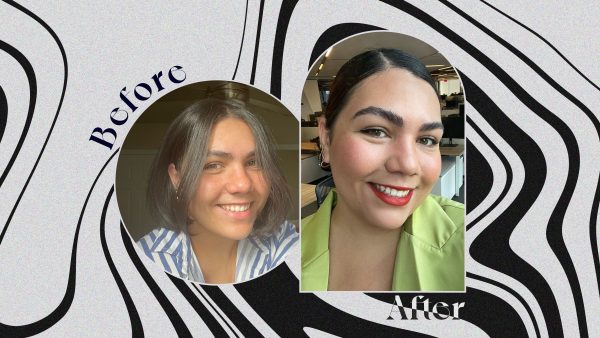Every year, more than 2 million people receive injectable fillers in the United States alone. Fillers are one of the most popular cosmetic procedures of all time, and there are many good reasons why this is the case. After all, fillers can transform your face so that you can become the most confident and attractive version of yourself.
But what is the difference between Restylane and Juvederm fillers? After all, both of these fillers aim to improve the volume and structure of the face. However, there are a few important differences between them and it is important that you understand these differences before you choose one over the other.
Keep reading and learn more about the differences between these dermal fillers.
What You Need to Know About Restylane Dermal Fillers
Whether you’re looking for the best lip fillers or any other kind of filler, you have surely heard of Restylane fillers. There are many benefits of lip fillers like Restylane because this particular type of filler is made of hyaluronic acid. Hyaluronic acid may sound like a scary ingredient, but it is actually very natural and it even occurs naturally in your body.
Without hyaluronic acid, your body would look quite withered and dry. The main importance of hyaluronic acid is that it plays an important role in moisture, hydration, and keeping the tissues in your body plump. This is especially true for your skin.
Hyaluronic acid is even known as a humectant. What does this mean exactly? A humectant is something that not only retains hydration but also attracts water to it.
This is extremely important for fillers. Consider lip fillers, for example. When you inject a hyaluronic filler like Restylane into your lips, the fillers will continue to attract moisture to your lips. This will make your lips look especially plump and voluminous.
Hyaluronic Acid
Hyaluronic acid fillers also work very well for other parts of the face such as the cheeks. This is important for older people since they often lose volume in their cheeks, which can make them look older than they really are. What makes Restylane unique is its texture.
This type of filler is known for having a somewhat granular texture. Of course, this does not mean that it has the texture of sand or anything similar. However, it is not silky smooth and has a better grip once it is injected into the body.
Due to this texture, Restylane fillers are very good at remaining in place once they are injected. For that reason, these fillers are ideal for certain problems that the face may have, most notably sunken areas of the cheeks or lips. Also, due to the texture of this filler, your healthcare provider will be able to mold the shape of the filler once it is injected.
This will allow the healthcare provider to make fine adjustments to the shape of the filler once it is injected under your skin. That way, your results will be as natural and as attractive as possible. In general, it is best to inject Restylane into the lips, cheeks, and sometimes around the nose for the best results.
However, there are certain variations of Restylane that are more suitable for very deep wrinkles or even for adding volume to the backs of the hands.
What You Need to Know About Juvederm Fillers
Before you get too excited and start Googling, “dermal fillers near me,” you should first consider Juvederm fillers and understand how they compare to Restylane fillers. The first thing you should know is that Juvederm fillers are also made out of hyaluronic acid. The great thing about hyaluronic acid, besides being able to attract water, is that it usually never causes any side effects in people.
Again, this is because it is a natural substance that is produced in the body. For that reason, allergic reactions to this substance are practically nonexistent. Hyaluronic fillers also look very natural because they are soft and moldable rather than too firm or unnatural in feel and appearance.
The main difference between Juvederm and Restylane fillers is their texture. As mentioned before, Restylane fillers have a unique, granulated texture. Juvederm fillers, on the other hand, are different because they have a very smooth texture.
The Details
This does not necessarily mean that Juvederm is less effective than its competitor. Instead, Juvederm just works a bit differently and it is often used for different parts of the face. Because it is very smooth, it may shift around very slightly once it is injected.
Of course, this does not mean it will slip and slide under your skin. However, due to its lack of texture, it may not be as prominent as Restylane unless more is injected. More than that, Juvederm may not be as moldable as its competitor.
Juvederm has been approved by the FDA to treat several parts of the face. In particular, it can treat the cheeks, lips, nasolabial folds, and areas around the eyes and mouth. The results of Juvederm appear almost immediately, while the results of Restylane may take a day or two before they start to become more noticeable.
The Difference Between Restylane and Juvederm
If you’re wondering about the difference between Restylane and Juvederm, you should now know all about it. While Restylane and Juvederm are both hyaluronic acid fillers, they have some unique differences. For example, Restylane has a unique, granular texture while Juvederm is quite smooth.
The differences in texture allow the fillers to look and feel differently under the skin. Whatever the case, both of them are very effective filler options. To learn more or to get a free consultation, click here.





